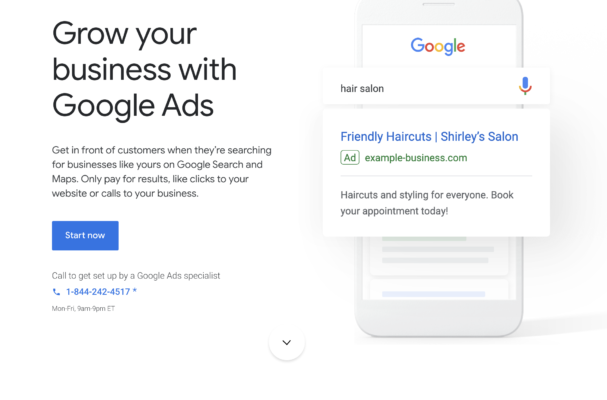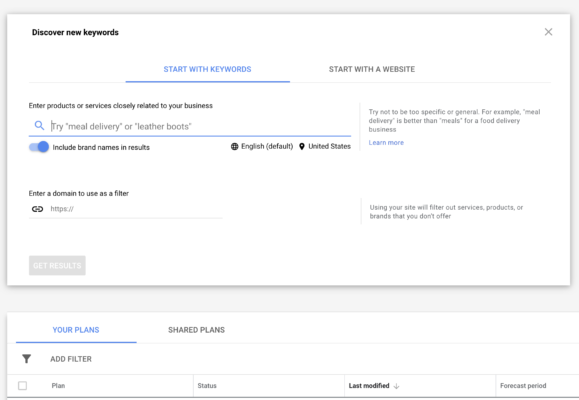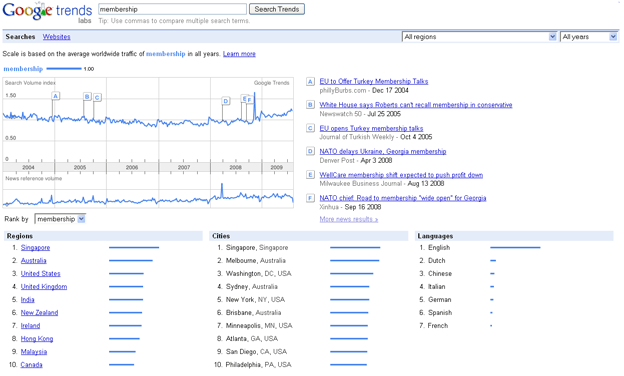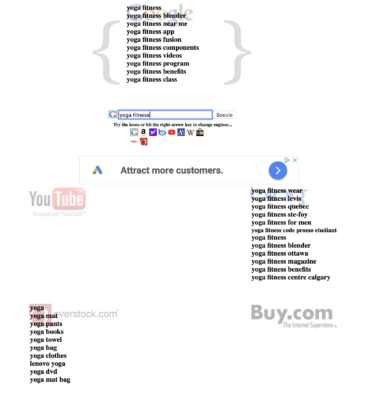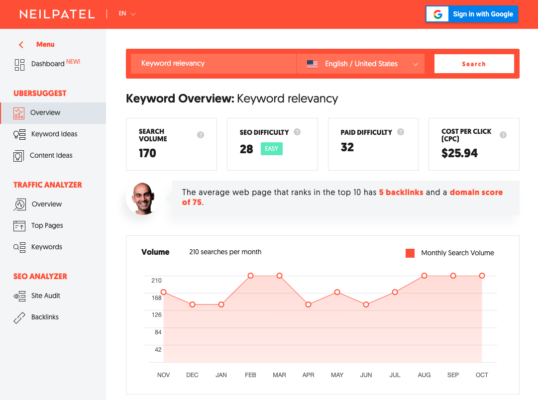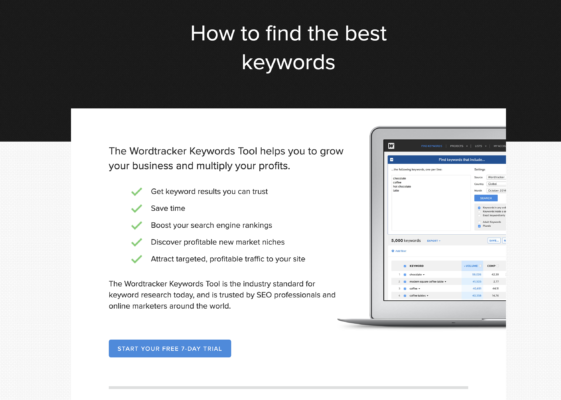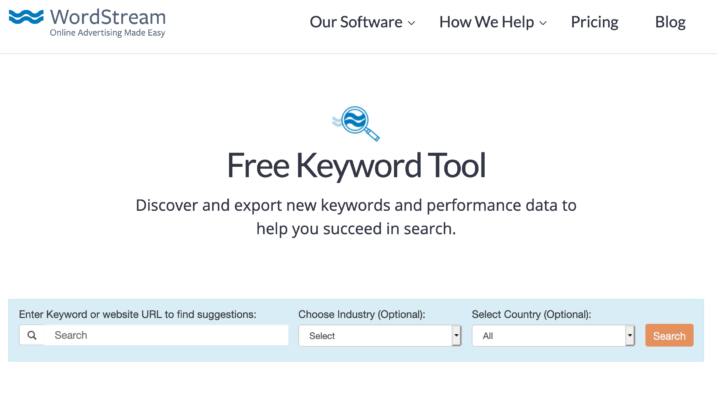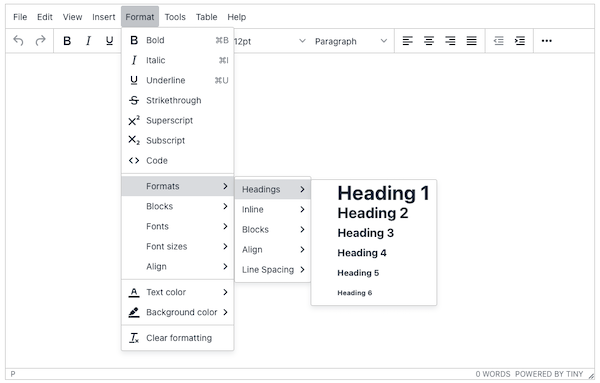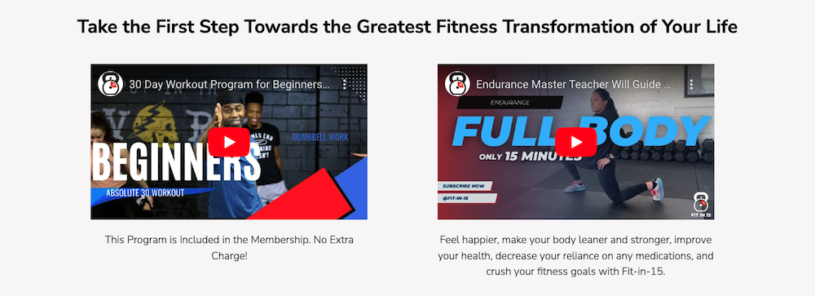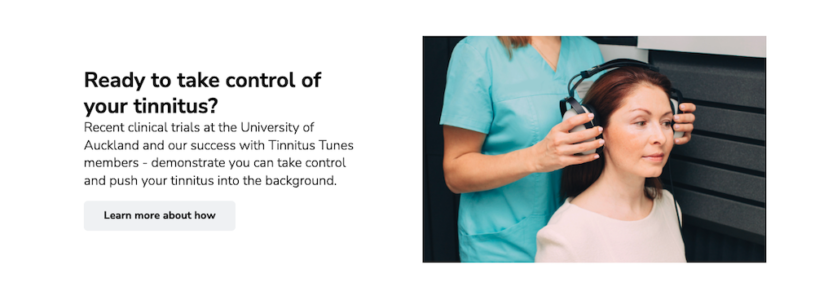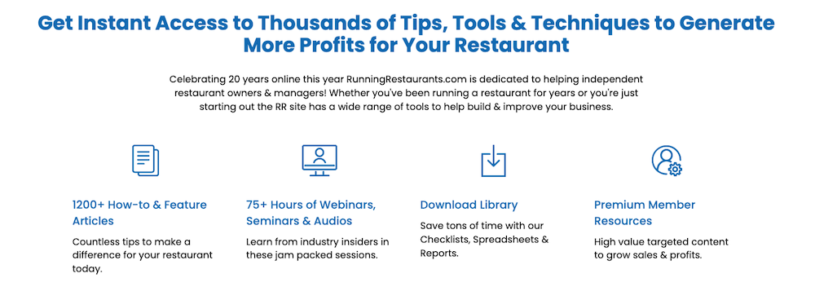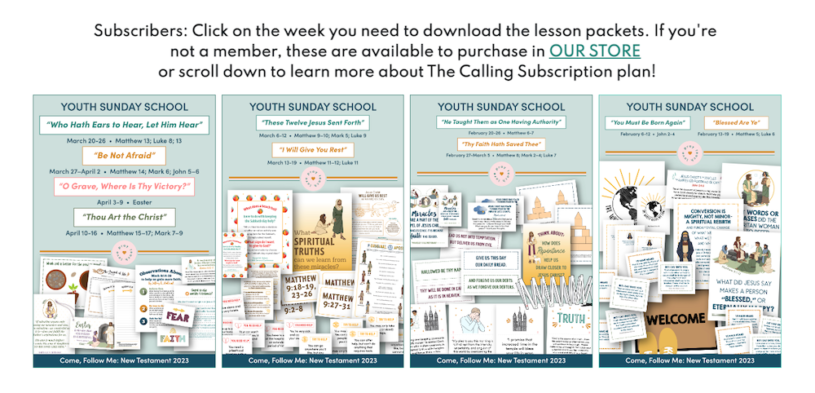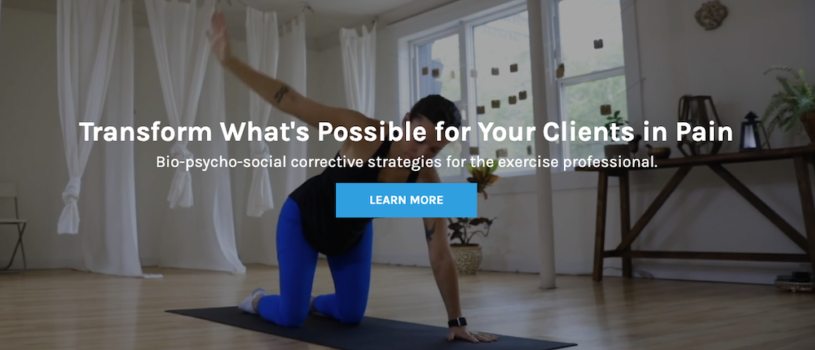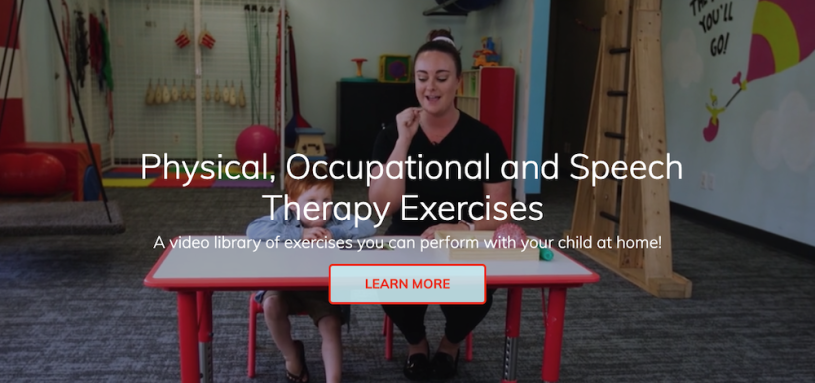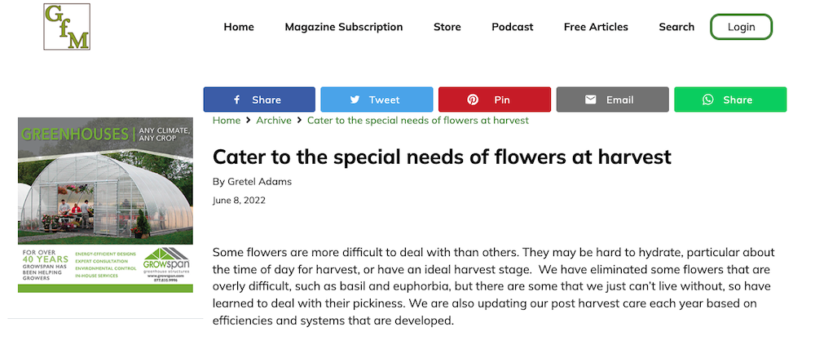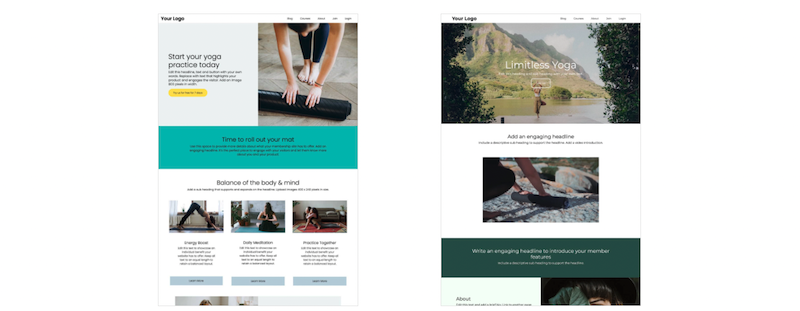
These eight basic SEO best practices highlight proven ranking factors used by search engines.
Search engines want to deliver not only the most relevant content in their results but also the best web experience - this means returning pertinent content on a fast-loading webpage.
The following best practices will ensure your membership website meets these requirements.
1. Use unique title tags
Title tags help search engines understand what your page is about. Each page should have a unique title tag of 50 - 60 characters in length. Place your important keywords at the beginning. Make sure your title succinctly summarizes the content of the page. Aim for a natural-sounding title that both informs users and appeals to search engines.
2. Incorporate target keywords in your content
Add your target keyword in the title (using header tags), first sentence and the body content of every post. Having keywords at the beginning of an article can help Google to rank it as more relevant to a topic.
3. Organise your site structure
Google uses your site structure to map the connections between your content and its context on your site and the wider web. Make sure your structure is logical and provides a hierarchical framework. Assign articles to categories within a blog. An organised structure makes it easy for search engines to understand your website.
4. Create internal links with anchor keywords
Internal linking is when you create a link that points to another page within your website. Internal links help visitors navigate your site, establishes a hierarchy to your content and spreads link juice.
Link juice is when you distribute domain authority from one page to another within your website. This occurs when you link from a high-authority page to a lower-authority page. This is especially useful for newer or less-established pages on your site.
Rather than write “click here”, select a strong anchor keyword as the actual link. This will strengthen the relevancy of your site for that keyword. Try to include 3 to 4 internal links on every post.
5. Build backlinks
When another website links to a page on yours, it’s called a backlink. Backlinks are an important metric used by search engines to rank a webpage. They show Google that your content is credible as it’s being shared.
Make your content easily shareable by adding social share buttons.
6. Improve page speed by optimising
Large image files can slow page speed. A slow loading website doesn’t provide the best user experience and will cause visitors to abandon the page. To optimise page speed, resize large images and compress the file size.
Embed video from a third party host like Vimeo rather than serve them locally.
7. Include image ALT tags
Give your web image a relevant file name before uploading it to an image manager.
Once in the image manager, always add an ALT tag to the image. Boost your SEO, by including applicable keyword phrases in your ALT tags.
The ALT tag is particularly pertinent for image search – especially if you are selling physical products.
8. Use short URLs
Google likes websites that are organised and structured. Write unique shortnames for each post that include your focus keywords. Separate the words with hyphens not underscores. Short URLs can also improve your CTR (click through rate).
By following these SEO best practices, you can improve your website's visibility, attract more organic traffic, and ultimately achieve better rankings in search engine results.
More SEO Best Practices:




